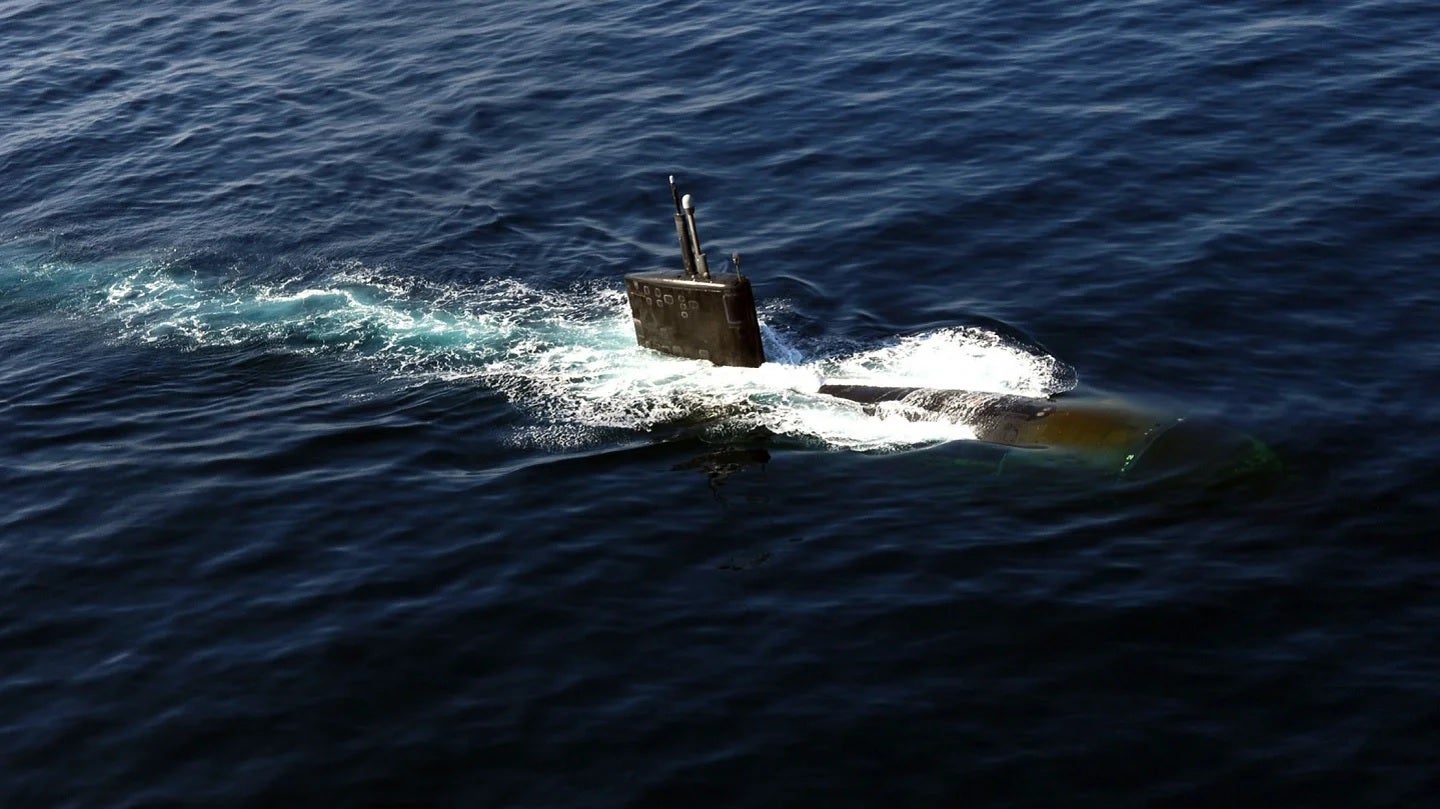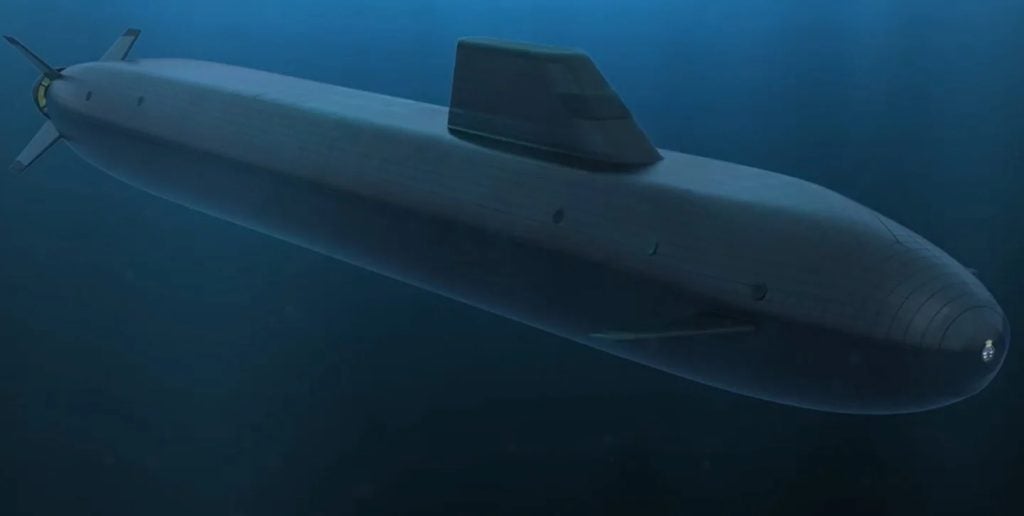
Following on from the September 2021 initiation of the joint US-UK-Australian AUKUS initiative, which will see the creation of a nuclear-powered attack submarine (SSN) capability for the Royal Australian Navy, work has continued in the background, setting the programme’s foundations.
Given the complexity of the programme, capabilities will be delivered in a number of stages in the years ahead, allowing time for Australia – which does not currently operate nuclear-powered naval vessels or have large-scale civilian nuclear industry – to develop the necessary expertise to safely and effectively utilise SSNs.
These stages will see Australian service personnel undergo training in the US and UK to develop the skills required to manage naval nuclear propulsion technology. Since the initial AUKUS announcement two years ago, efforts have continued to prepare Australia for the new capability it will acquire, putting it in a select group of nations operating nuclear-powered attack submarines.
On 13 September this year it was revealed that three Australian military personnel are currently embedded within the UK Royal Navy’s Submarine Officer Nuclear Training pipeline, with an additional two RAN personnel embedded in the UK’s Submarine Delivery Agency and Defence Nuclear Organisation.
US officials have also previously confirmed that Australian personnel are also embedded in similar US submarine training programmes, the initial stages in building up a cadre of nuclear-capable submariners.
Joint US-UK teams are also engaged in visits to Australia to help determine how best to assist Canberra in establishing the necessary nuclear infrastructure needed to operate and maintain SSNs. A 14 September release from UK defence prime Babcock stated that the company, along with US shipbuilder Huntington Ingalls Industries (HII), had sent a team to Australia to “support goals of the AUKUS agenda”.
Babcock currently sustains 100% of the UK’s Royal Navy submarine fleet and owns and operates the UK’s only licensed facility for refitting, refuelling, and defueling nuclear submarines. Meanwhile, HII builds and maintains US Navy submarine, and has delivered more than 60 boats over the last 40 years.
The joint Babcock-HII team would “collaborate to develop the optimal models for nuclear-powered submarine capability, including infrastructure, sustainment and the necessary skills development”.
To this end, “the parties will engage Australian industry to optimise specific solution sets”, read the Babcock release.
Developing a nuclear submarine infrastructure
Australian Government officials are also making visits to the US and UK to further iron out the details for the AUKUS programme, with Canberra having reneged on its earlier decision to acquire conventionally powered diesel-electric submarines from France.
On 8 September, it was announced that the Defence Industries Minister of the Western Australian Government would visit the UK to “kick-off a major new phase” in the programme, with Minister Paul Papalia visting Royal Navy sustainment and operations bases as Western Australia prepared to “ramp up its capacity for the AUKUS Submarine Rotational Force-West (SRF-West)”.
When fully operational, HMAS Stirling will host and support the deployment of one Royal Navy Astute-class SSN and four US Navy Virginia-class submarines, by the start of 2027.
In a workup programme before being able to fully accommodate forward-deployed US and UK assets, there will be an increase in visit of submarines from the US in 2023, followed by the UK from 2026. From 2027, rotations of UK and US submarines to Australia will commence.
Following this, from the early 2030s, the Royal Australian Navy will begin to operate up to three Virginia-class nuclear-powered submarines acquired from the US, which are likely to be in service for at least 10 years, with a further two Virginia class being held on option.
Likely in service for at least ten years, Australia will replace the Virginia-class submarines with the SSN-AUKUS design, a joint programme with the UK that will deliver a next-generation SSN to replace the Astute and Virginia classes in service.

The UK will deliver its own first SSN-AUKUS in the late 2030s, with the first SSN-AUKUS built in Australia delivered forecast for the early 2040s. The SSN-AUKUS design is an evolution of the UK’s own SSNR (Submersible Ship Nuclear Replacement) concept intended to replace the existing Astute class.
In the 8 September release, Defence Industry Minister Paul Papalia said: “The AUKUS agreement is the most transformational defence programme Australia has ever embarked upon. It will require a collective effort – from our US and UK partners, all levels of government, academia, training institutes and most importantly, industry – to deliver this capability.
“Western Australia already carries out sustainment and maintenance of [Royal Australian Navy’s conventionally powered] Collins-class submarines and we will be the only place in Australia to do the same for the rotating Astutes, and Virginias as well as the AUKUS class, when they are built and come into service.”







